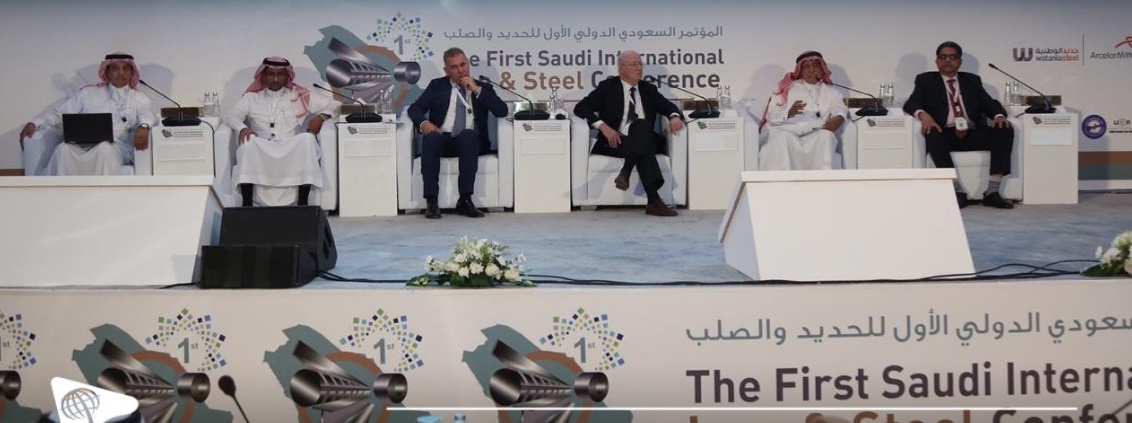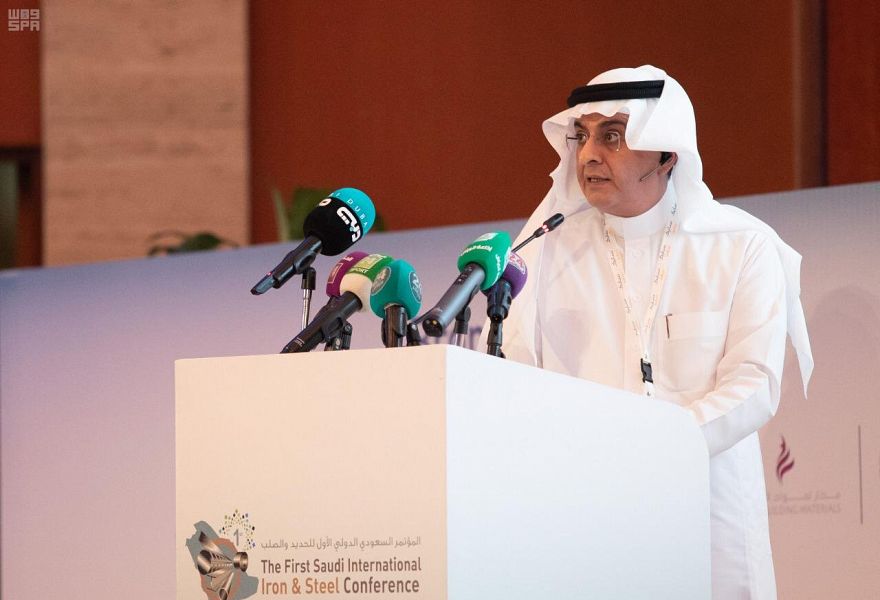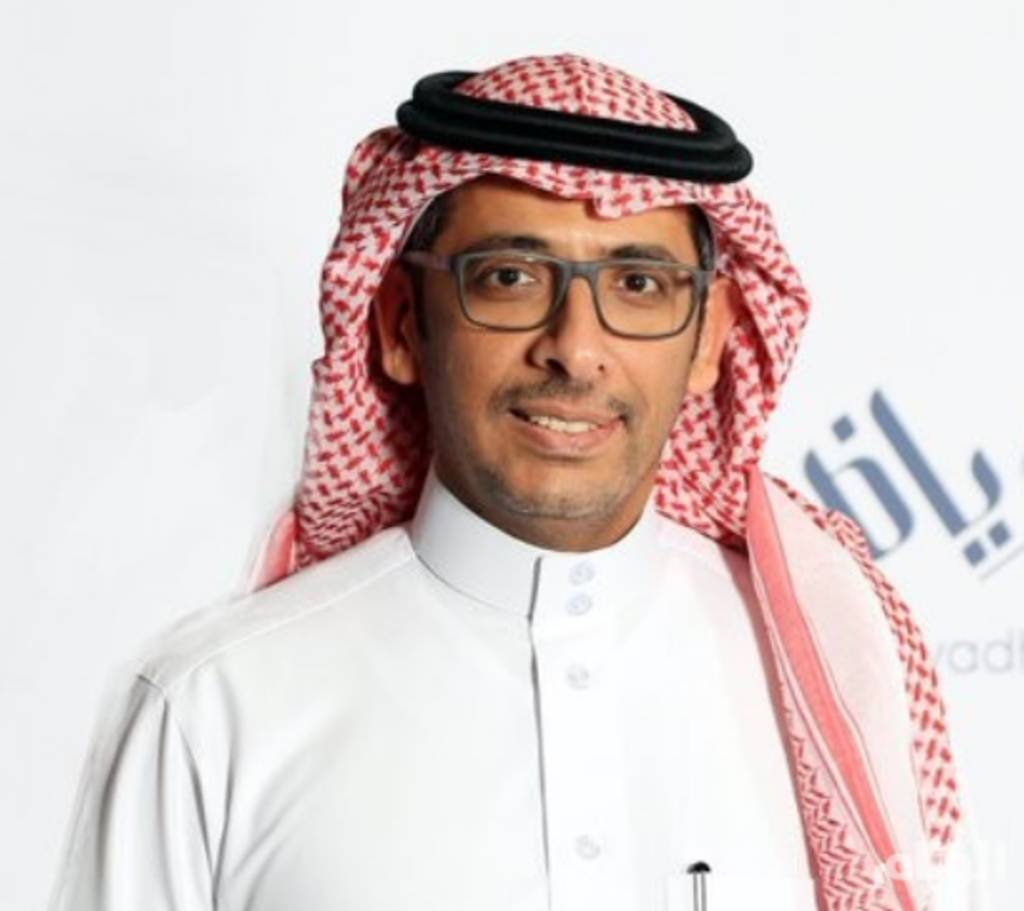The conference’s significance wasn’t derived just from the fact that it was the first of its kind, rather there is a myriad of reasons that highlight the conference’s importance. First of all, the conference was held during the time in which the global steel and iron industry is facing a number of different challenges, such as the ongoing trade war. The conference addressed these issues and discussed how the industry can overcome these challenges to protect the strategic importance of iron and steel in the global economy.

Second, the presence of industry giants made the conference more noteworthy as 800 individuals participated in the event, and 46 large regional and international iron and steel corporations also took part. Furthermore, there were 43 speakers in the conference who represented 23 countries, most of whom spoke of novel scientific methods towards the development and stimulation of the industry.
The very subject the conference was centered on, signifies its importance as the use of steel and iron in various manufacturing processes, makes it a global strategic industry. The industry is also one of the largest global employers, and Ra’ed El Agaiby, the president of the National Committee for Steel Industry and the chairman of this conference, emphasized this fact when he said that some studies indicate that the iron and steel industry has created 48 million jobs around the world, 42 million of said jobs are indirectly related to the industry itself. As such, it can be safely assumed that the industry is a driving force for various jobs around the world.

In accordance with Saudi Arabia’s Vision 2030 initiative, the development of the iron and steel industry is part of the Kingdom’s plans of diversifying its economy beyond oil. Moreover, Industry Minister Bandar Alkhorayef has said that through its Vision 2030 plan, the Kingdom is supporting its economy with promising sectors, this is why it recently launched the National Industrial Development and Logistics Vision Realization Program which aims to turn Saudi Arabia into a leading industrial power. So far, this program has successfully launched 300 initiatives, which is one-third of the initiatives set under Vision 2030 to steer the Saudi economy away from oil. To do this, the Kingdom has focused its attention on four key sectors: industry, mining, energy, and logistical services. At the core of all these sectors is steel and iron, an industry that the Kingdom has a long history with as it understands how vital it is for sustainable economic development.
It is evident that the steel industry will play a large role in the Kingdom's Vision 2030, especially since the Kingdom aims to raise the GDP contribution of the mining industry from $ 17 billion to $ 64 billion by 2030.
Saudi Arabia has subsequently decided to expand its factories and institutions that are involved in the industry. As it stands, there are currently 7,551 licensed iron and steel factories, which collectively employ 800 thousand workers. These factories have also received more than one trillion riyals in investments and produce 13 million tons of iron and steel products. The following is a list of the most prominent Saudi factories operating in the iron and steel industry:
SAUDI IRON & STEEL COMPANY [HADEED]
The Saudi Iron and Steel Company was founded in Jubail in 1979, and it is owned by SABIC. It started operations in 1983 and it produces skewers, reinforcing bars, wire coils, steel sections and in 2000 it started producing steel plates. That same year the company underwent new expansion, which increased its production capacity of long and flat steel products. It currently employs 3,500 employees.
JEDDAH NATIONAL STEEL FACTORY COMPANY
The Jeddah National Steel Factory Company was founded in 1976 and is a subsidiary of the manufacturing sector. The company makes steel pipes, boilers, sandblasters, storage tanks and the coatings of steel structures.
RAJHI STEEL
Rajhi Steel is one of the companies founded by Sheik Mohamed Abdel Aziz El Rajhi who founded the corporation in 1984. The company built its first reinforcing bars production line in Riyadh in 1996. It built its first metal rolling factory in 2007 and its second one in 2012 located in Jeddah.
Source: Mervat Abd El Moniam, A Chronological List of Saudi Steel Companies, August 2017.
https://www.almrsal.com/post/513271
This conference has shown that the iron and steel industry will play a central role in the Kingdom’s Vision 2030 Initiative, as it will be a core part of economic growth and diversification. It should also be noted that the Kingdom has a raw iron reserve of 780 million tons, which can be used to meet the needs of the country’s steel factories and presents a good opportunity for investors to look into this lucrative market. The conference came out with 13 recommendations to develop the industry, among such recommendations were reducing the prices of raw materials at the local level, implementing policies that encourage foreign and private investments and establishing institutes and academies focused on the steel and iron industry.
To implement these recommendations, then two vital needs will need to be addressed:
First, the Kingdom needs to facilitate domestic competition in the Saudi steel industry. This is especially true in light of increasing local consumer confidence in Saudi steel after the industry adopted the standards set by the Saudi Standards, Metrology and Quality Organization in 2017. These standards also highlighted the need to review the challenges the local industry faces, such as the lack of iron ore. Mohamed El Gabr, the head of the National Committee for Steel Industry, addressed this when he said: “The lack of iron ore is one of the barriers holding back the Saudi steel industry, as it has caused high production costs, export charges and competition from imported products.” As such, it is necessary that protectionist policies are implemented, which is why El Gabr has called for “Imposing duties on imported iron products to protect domestic iron products. Such protectionist measures will inevitably reduce the ability of nations with iron surpluses to export to countries with such policies.” This is exactly what happened in 2018 when the US and EU introduced tariffs on steel and iron products, this created a surplus in global steel production, these countries then started looking for new markets to drain their surplus. However, a decline in the global economy decreased the number of potential buyers willing to pay such high tariffs and instead they imported steel from other countries that export cheaper, but lower quality steel. This presence of inferior foreign steel meant that Saudi steel and iron companies didn’t face as much competition from foreign steel industries.

The second need that the Kingdom must address is the need to export domestic steel to the international market. By the end of 2018, the Ministry of Commerce and Industry issued 54 exporting licenses and Mohamed Bin Dergem, the National Committee for Steel Industry’s representative in the Council of Saudi Chambers wants the Saudi government to issue export licenses for corporations that make up the Saudi iron and steel industry. He thinks that more exporting opportunities will make Saudi steel more competitive in the international market and would enable Saudi steel companies to outsource their excessive steel and iron.
Last year, Solb Steel exported 473.1 thousand tons of steel to Africa, marking the first time Saudi Arabia exported its steel to the international market. This doesn’t mean, however, that Saudi Arabia can become a major steel exporter overnight; the Saudi minister of Industry recently indicated that the country is still one of the world’s largest steel importers as it buys almost 4 million tons of steel from abroad.






